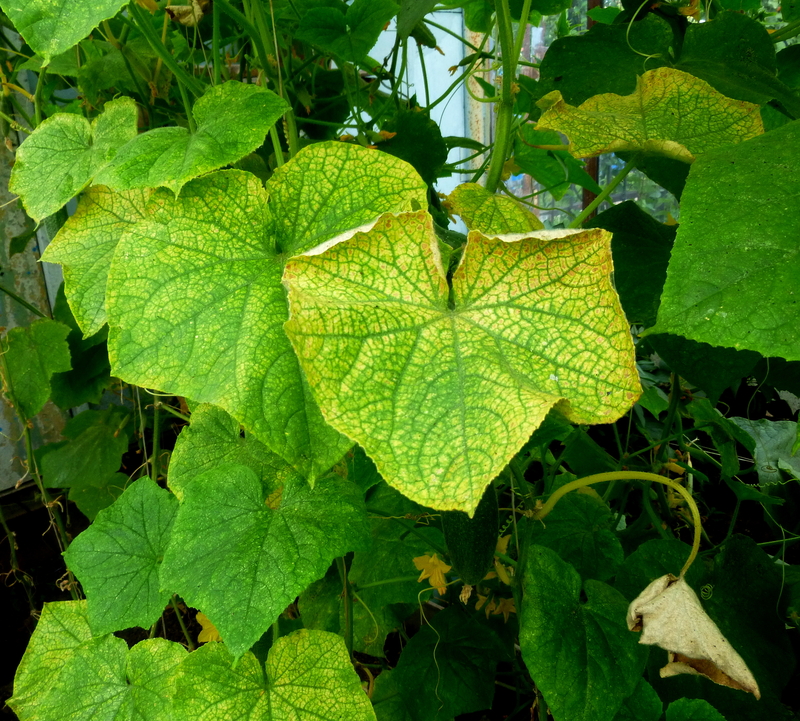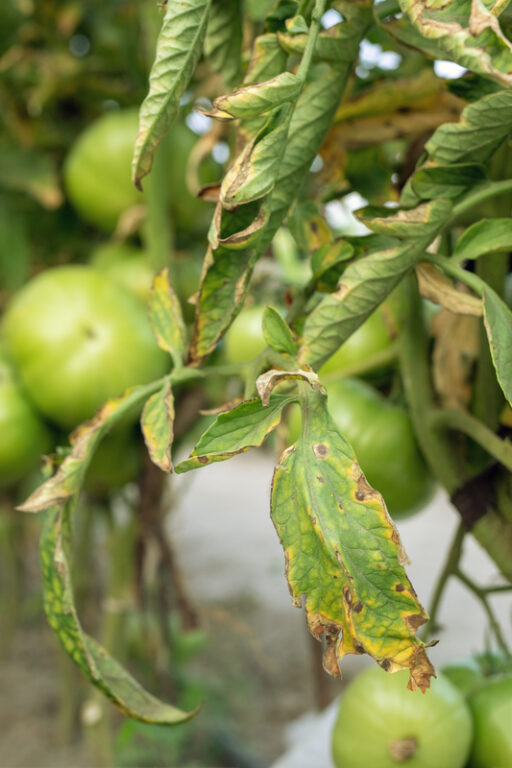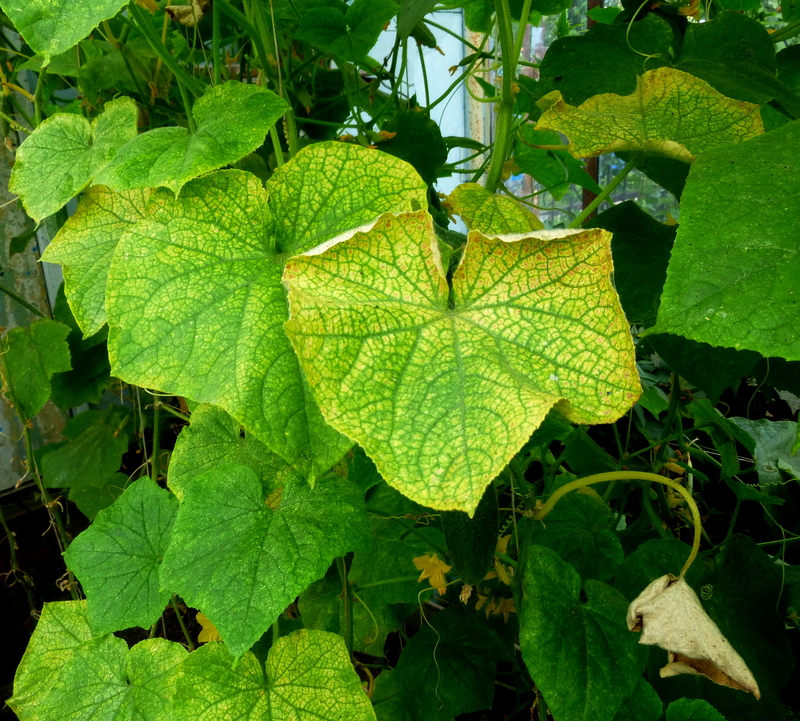
Reviving Your Summer Garden: Combating Heat, Humidity, and Disease
Summer can be a challenging time for gardeners, as the combination of heat, humidity, and rain creates the perfect conditions for diseases and fungal infections to thrive. If you find your garden suffering, don’t worry—revitalizing it is entirely possible with a few careful steps.
Start by taking a thorough walk through your garden to identify which plants are affected by diseases or fungi. Look for common signs such as wilting, spots on leaves, or stunted growth. This initial assessment will help you determine the severity of the problem and tailor your approach accordingly.
Pruning is crucial to managing garden health. Carefully remove any diseased leaves, branches, or flowers to prevent the spread of infection. Make sure to use clean, sharp pruning shears and disinfect them after each cut to avoid contaminating healthy plants.

One of the best ways to combat fungal diseases is by improving air circulation around your plants. Space out your plants if they’re too dense, and consider staking or supporting those that are prone to flopping over. This not only helps reduce moisture on the plant surfaces but also speeds up the drying process, making conditions less favorable for fungi.
Overwatering can exacerbate fungal issues, especially when combined with high humidity. Water your garden in the morning to allow plants to dry throughout the day. Aim to water the base of the plants to keep the foliage as dry as possible, reducing the risk of leaf diseases.
If natural methods aren’t enough, you may need to use a fungicide. Opt for organic options like neem oil or sulfur-based products, which are less harsh on your plants and the environment. Always follow the application instructions carefully, as improper use can damage your garden further.
Applying a fresh layer of mulch can help prevent spores from splashing back up onto plants from the soil. Organic mulches like straw or bark chips are great for keeping the soil moist and reducing the spread of diseases.
After taking these steps, keep a close eye on your garden. Regular monitoring helps catch new instances of disease early, allowing for quick intervention before they spread. Continue practicing good garden hygiene by cleaning tools and removing debris from the garden.
Summer doesn’t have to spell disaster for your garden. With a bit of effort and a lot of care, you can bring your garden back to life and enjoy it throughout the season. Happy gardening!

